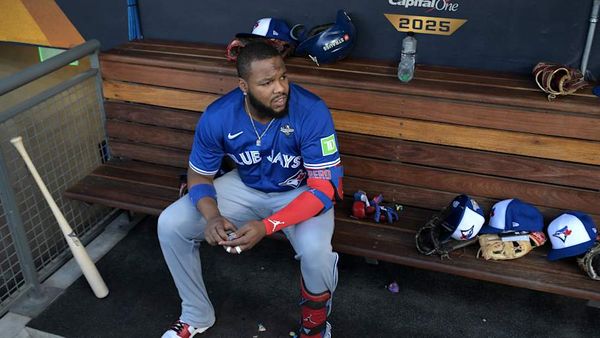
Company Chameleon’s The Shadow, directed by Anthony Missen, continues to mine the seam on which the longstanding Manchester company has built its reputation: fiercely physical dance-theatre exploring interpersonal relationships. Here, the guiding principle is Jung’s notion of the shadow self: those aspects of our lives that we hide from others, even from ourselves. It’s a loose theme that holds together the somewhat disparate scenes of this hour-long work, and dominates its lighting (tenebrous) and music (ominous).

The most intriguing figure of the six-strong cast, played by veteran dancer Lee Clayden, bookends the piece but – aptly enough – often appears in the dark or on the edge of the action in between. Who is he? In the strong opening scene, he lies smothered by the bodies of “shadows” (six black-clad extras, recruited locally), a repressed presence in a scene otherwise given over to Reece Marshall – an elastic and terrifically fearless mover, who tumbles and hurls in pursuit of unseen ghosts. Elsewhere, Clayden looms like a distant guide or witness, watching childlike games from the sidelines like the shadow of adulthood, or steering Marshall’s steps like a father figure, both caring and controlling.
While Clayden and the shadows form a mobile, sometimes interventionist hinterland to the piece, its foreground is given to scenes of ambivalent drive and drama. There’s a bruising battle between Gustavo Oliveira and David Colley – or might they be shadow-boxing, their targets more imagined than real? Three couples coalesce between characters and their shadows, then interchange and reform, mixing self with other as well as self with shadow. Colley reappears as a slave-dog in a cage, taunted by a supercilious Alice Bonazzi, who offers and withholds sips of water. Cruel torment or consensual powerplay? Perhaps both.
Individually, these scenes are packed with inventive movement ideas, but cumulatively they tend to dissipate some of the work’s mysteries – the equivocal dance between persona and shadow, the real-world weight of imagined presences – in favour of physical overdrive, amplified by booms and surges of sound. A little more light and shade might be welcome.







